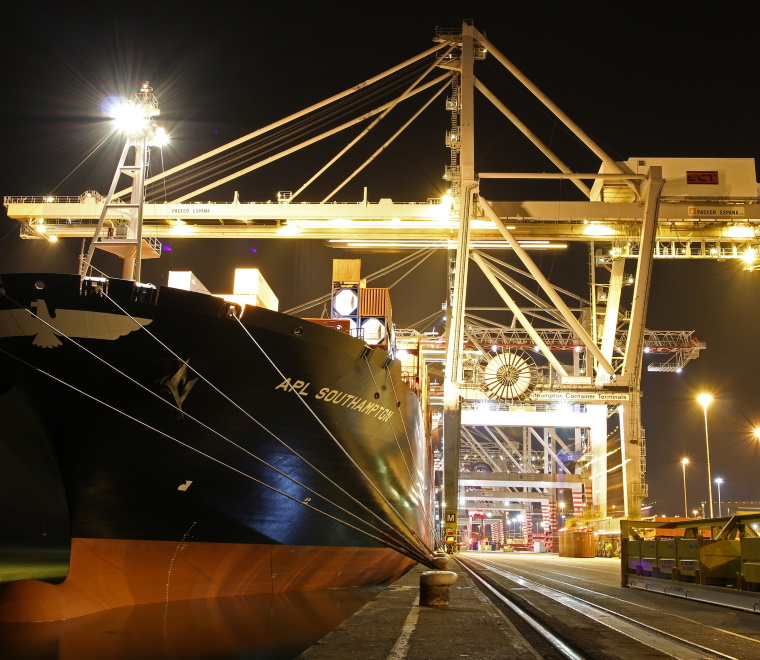

Have you checked your bollards?
Testing of bollards can determine what the maximum load a bollard can withstand before failure.
As ever larger ships use our ports, the risk of bollard failure grows. The increase in tension exerted on the mooring bollards by larger vessels can lead to them being pulled out of the quayside with significant force. Bollard failure and vessel breakaway has the potential to cause significant injuries and damage to property.
An example of mooring failure involved the 92,600 GT cruise ship Costa Deliziosa, which pulled bollards out of the quay when preparing to depart from Bergen, Norway. The cruise ship drifted whilst people were using the gangway. Eventually the vessel was brought back alongside, leaving approximately 15 metres of the quay damaged, but luckily no one hurt.
Other incidents have led to the complete failure of mooring dolphins, or bollards being catapulted into nearby buildings. The main causes for these incidents have generally been strong winds off the berth and using too many mooring lines on a single bollard.
Testing bollards can determine the maximum load a bollard can withstand before failure. But it's also important to know how much force is being exerted by moored vessels using the berth, and what environmental conditions would lead to a bollard failure.
The Oil Companies International Marine Forum (OCIMF) has prescribed methods and calculations to determine the forces involved with moored vessels under different environmental conditions.
ABPmer’s dedicated maritime specialists are regularly commissioned to support port authorities accepting a vessel for the first time. Using specialist software, we calculate the forces on a vessel’s lines and bollards to determine the maximum conditions in which a vessel can remain securely alongside and keep forces on mooring bollards within their safe working load.
We also determine the movement of a vessel on the berth under metocean conditions and suggest the most appropriate mooring configuration including storm bollarding to avoid line failure.
Mooring analysis is also pertinent when developing new berths. It can help ensure that appropriately rated and positioned bollards are included in the design for the specific vessel class that will be using the berth.
ABPmer’s maritime specialists have extensive experience undertaking mooring analysis, Marine Risk Assessments and other checks to inform management and consents decision making.


